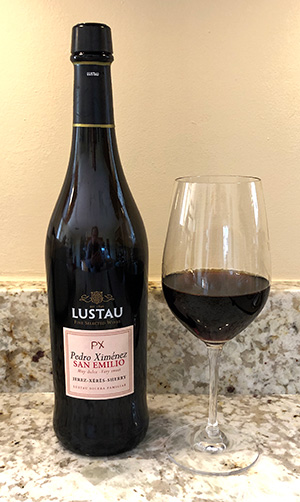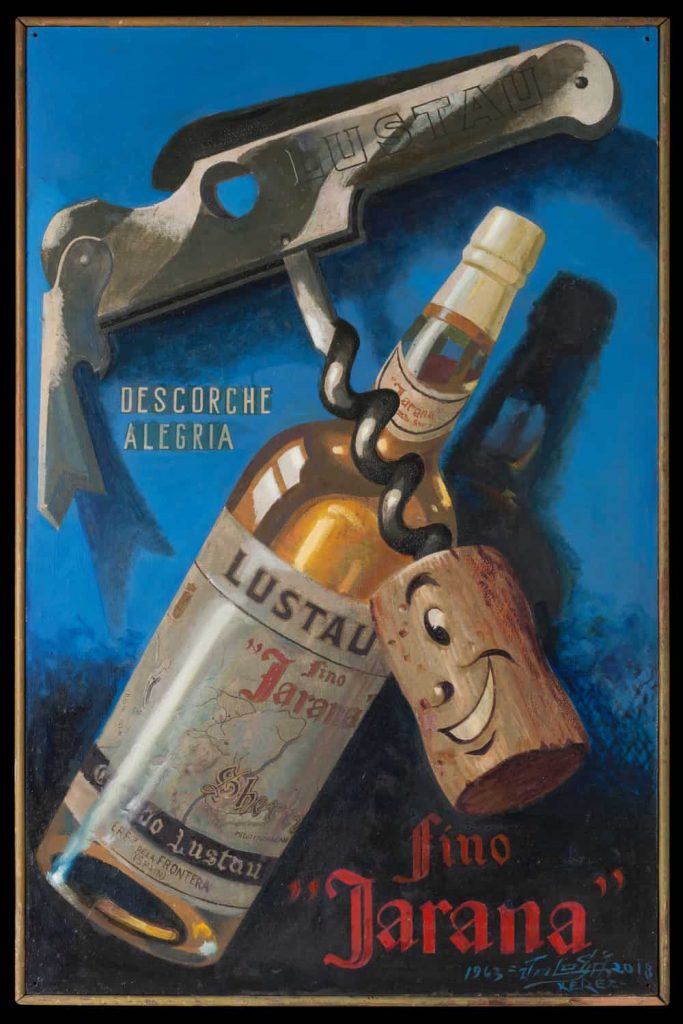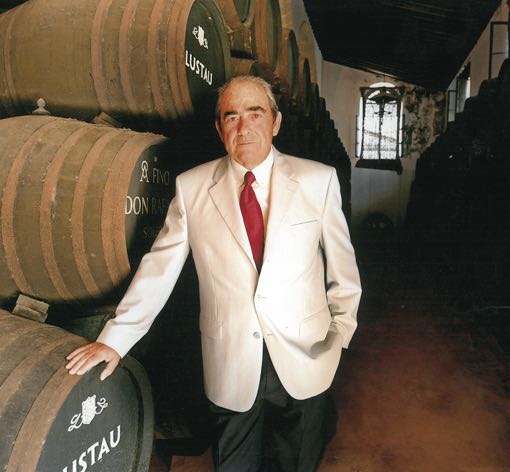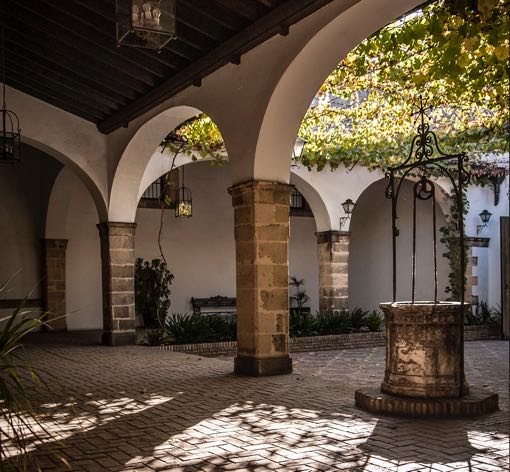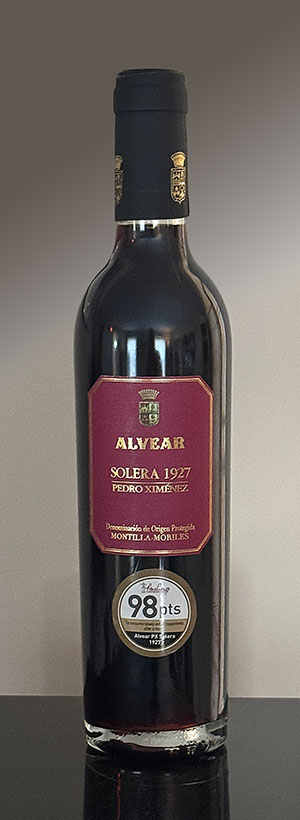
Click here for tasting notes.
Alvear Solera 1927 Pedro Ximénez Montilla-Moriles
Alvear is the oldest bodega in Montilla-Moriles (Córdoba, Andalucía) and among Spain’s oldest wineries.
Juan Bautista García de Alvear y Garnica was born in Nájera in 1657. He grew up to become mayor of the ‘Noble Kingdom of Nájera’ and the Royal Tax Collector. His son Diego de Alvear y Escalera founded the family wine business.
In 1729, Diego constructed the Alvear bodega in Montilla. The bodega was regarded as somewhat small and obscure at the time. Yet this reduced space, given over to wine butts and amphorae, was to become Diego’s most intimate universe.
Over time, Diego became one of the most important land-owners in the city. Together with his son, Santiago, he took the bodega to unprecedented heights when he won a contract to ship wine to England in the late 18th century.
Santiago’s son, Diego de Alvear y Ponce de León [1749 – 1830], was a military man and politician as well as being involved in the winery. He procured an assistant from Argentina, Capataz Billanueva, who would eventually become his right-hand-man.

